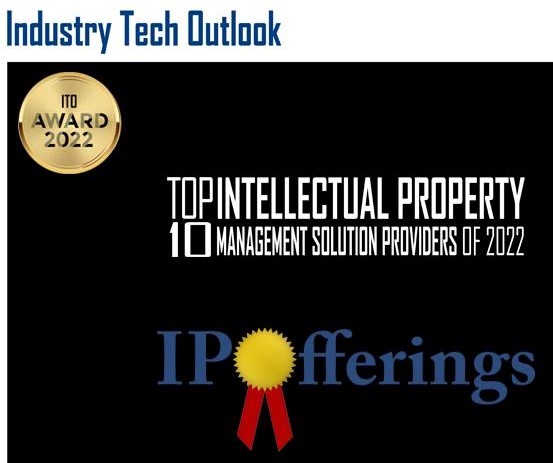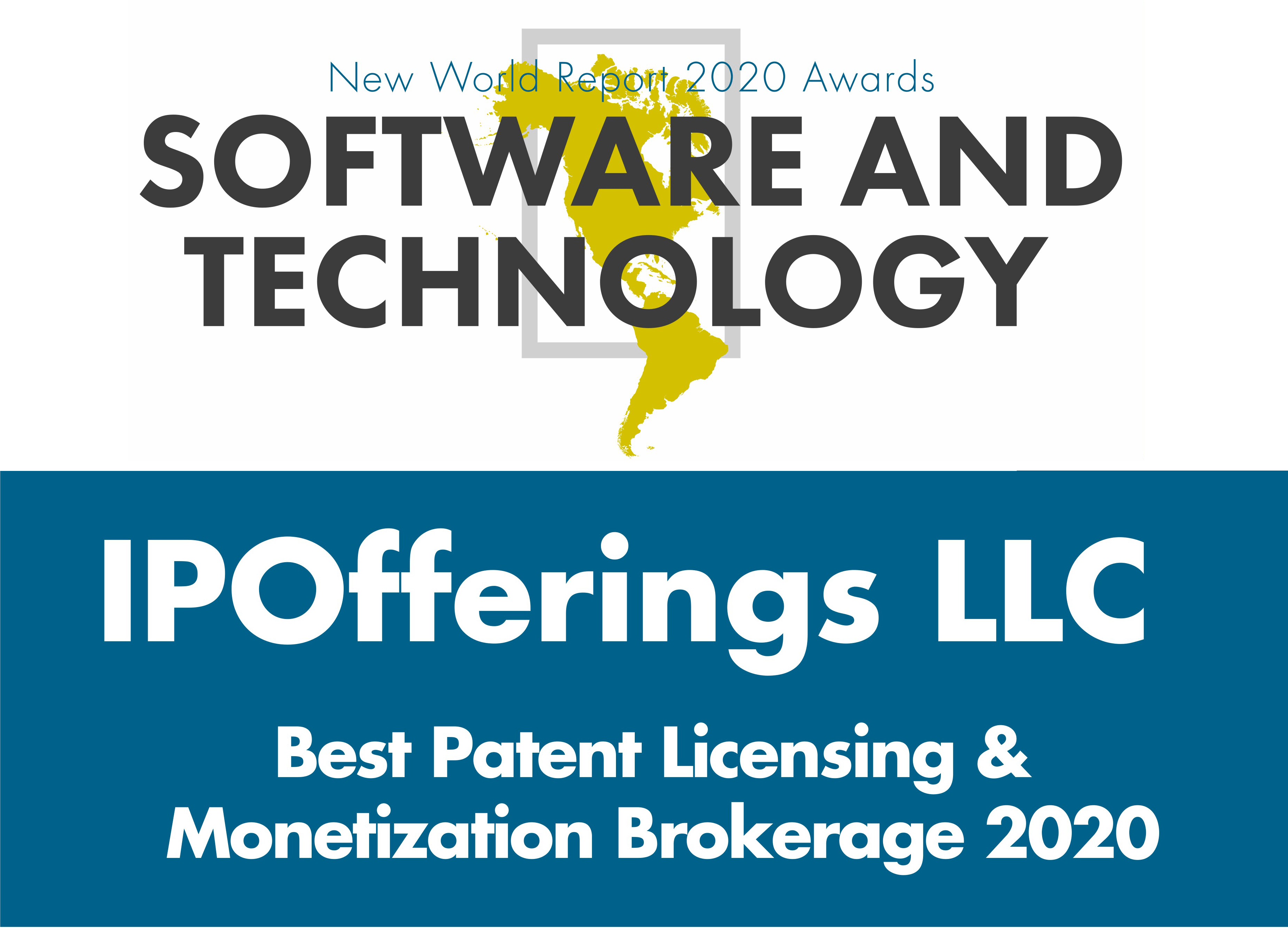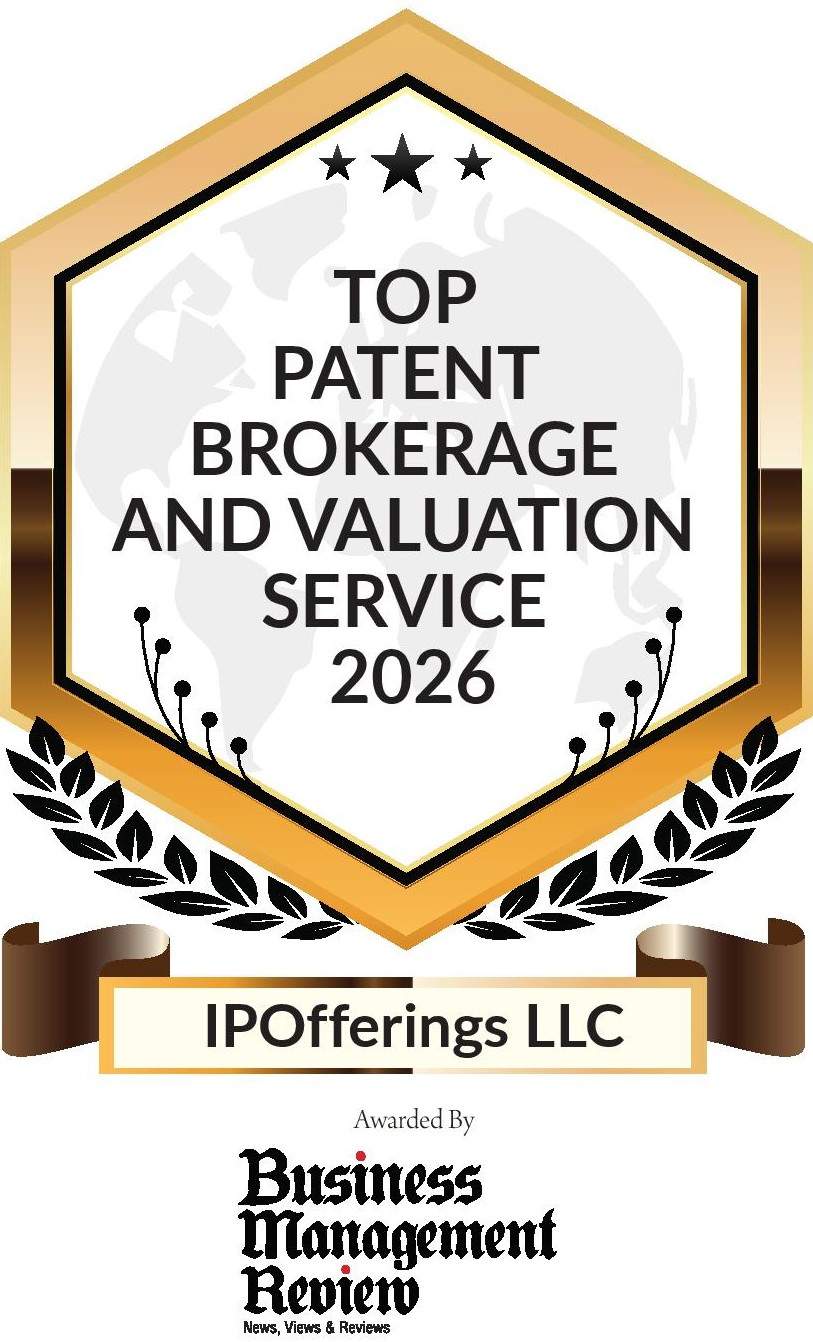Patent MarketPlace: Food Patents – Beverage Patents – Nutritional Products Patents for Sale
 Refrigerated Foods Smart Inventory Management (Alemany): U.S. Patent No. 11,892,339
Refrigerated Foods Smart Inventory Management (Alemany): U.S. Patent No. 11,892,339
Nothing is more important to retailing than inventory management. Every retailer wants to have in stock at all times the exact products its customers want to buy. And it must make sure that damaged or out-of-date goods are removed from the shelves. Retailing is a 24/7 struggle to intelligently manage inventory so every customer walks out of the store with exactly the products he or she wants. When a customer cannot find the brand or size or flavor he or she wants, that customer tries another store. Intelligent inventory management retains customers while poor inventory management sends them to the competition!
This patent describes a refrigerated retail unit that not only displays food and keeps it cold, it also intelligently tracks and manages the inventory using a network of sensors and cameras. The unit tracks when a customer removes a product, so by measuring the rate at which each product is selling against the inventory in the unit it can notify store management before the unit runs out of stock! It also notifies management of what is not selling so space can be allocated more intelligently. It can also notify store management of damaged goods or out-of-date product that needs to be removed. It provides management with a mapped image of the inside of the refrigerated unit so a store employee does not have to periodically inspect it – or fail to inspect it! The invention covered by this patent does for inventory management of refrigerated products what UPC coding did for tracking general merchandise, but at the next-generation of performance.
U.S. Patent No. 11,892,339 for a “Food inventory method and system” would enable any manufacturer of refrigerated point-of-sale units to introduce the next generation of intelligent refrigerated units that track and manage inventory for optimal sales and profits!
 Removal of Pesticides from Agricultural Oils (Flora): U.S. Patent No. 10,988,705
Removal of Pesticides from Agricultural Oils (Flora): U.S. Patent No. 10,988,705
Pesticide contamination in our food products - even in "organic" foods - is widespread and persistent. Once a plant has been sprayed with a pesticide, that pesticide works its way down into the roots of the plant and into the soil. These pesticides remain in the soil for years, contaminating subsequent crops. Even farmers who have never deliberately applied pesticides to their crops often produce food products that fail pesticide testing quality control due to wind that carried pesticides spray from neighboring fields, contamination of equipment they share with other farmers, and use of contaminated growing aids. The problem becomes especially accentuated in agricultural oils because the process of extracting the oil concentrates the pesticide that is already in the food product.
This patent addresses a real, serious, and growing need. It removes pesticides from agricultural oils! Pesticide testing and quality control limits are becoming more stringent, driven by ever increasing consumer awareness and skepticism. In the new and recently regulated legal cannabidiol (CBD) and tetrahydrocannabinol (THC) industries, over 75% of CBD and THC crops and their extracted oils failed pesticide quality control standards, resulting in the loss of billions of dollars of agricultural products! Olive, corn, and vegetable oils are used for cooking and as ingredients in most of the foods we consume – from mayonnaise to potato chips, cookies to soups, breakfast cereals to coffee creamers. The technology covered by this patent provides practical, affordable, scalable, and proven methods to remove contaminants and produce pesticide-free oil!
U.S. Patent No. 10,988,705 for “Remediation of pesticides from agricultural oils” would enable agricultural oil producers to offer their customer base a new level of quality and purity in the agricultural oils they sell!

 Next-Generation Sparkling Protein Drinks (Davinas): Six U.S. Patent Portfolio
Next-Generation Sparkling Protein Drinks (Davinas): Six U.S. Patent Portfolio
Since Dr. Joseph Priestly invented carbonated water in 1767, the world has had a love affair with soda - both in mixed drinks and as an everyday beverage. Americans spent almost $300 billion on soft drinks in the U.S. in 2022. Most carbonated drinks are sweet – either with sugar or artificial sweeteners – neither of which is very good for us! This portfolio creates a family of carbonated beverages that are protein-rich.
♦ A carbonated beverage that uses whey for added protein
♦ A carbonated beverage that uses whey, collagen, or another protein source and juice as an energy enhancement
♦ A carbonated beverage that uses whey, collagen, or another protein source and juice as an energy enhancement, and is available as a powder or syrup from which the beverage is formulated
♦ A carbonated beverage that uses hyperimmune milk for protein and one of several additives for energy enhancement
♦ A carbonated beverage that contains whey or collagen and 4% to 15% alcohol, and includes a combination of an anti-foaming agent, a nutrient, calcium or a calcium derivative, an herbal supplement, a concentrated plant extract, a flavoring agent, a sweetener, and a coloring agent
Patent Portfolio
■ U.S. Patent Nos. 7,205,018 and 7,842,326: Carbonated protein drink and method of making
■ U.S. Patent No. 7,794,770: Protein beverage and method of making the same
■ U.S. Patent No. 7,799,363: Protein beverage and protein beverage concentrate and methods of making the same
■ U.S. Patent No. 7,897,192: High energy carbonated protein drink and method of making
■ U.S. Patent No. 7,906,160: Protein beverage and method of making the same
This portfolio – or selected patents from this portfolio – will create a large platform from which any beverage producer can introduce the next-generation of carbonated beverages!
 FIFO Beverage Management (Subu): U.S. Patent No. 9,427,096
FIFO Beverage Management (Subu): U.S. Patent No. 9,427,096
FIFO (First In, First Out) is an accounting and inventory concept that has been around for hundreds of years. Every seller of products wants the oldest (First In) inventory to be sold first (First Out) so that it does not end up with old, stale, out-of-date product that cannot be sold and may have to be thrown out. This is especially important when selling food and beverage items that have a “Use by” date. Large retailers have coolers for the cold beverages they sell. Newer inventory is added to the back of the column of milk or juice or beer, so the older inventory is always in front and the newer inventory in back. It is a simple and effective FIFO solution.
But what about smaller businesses – bars, restaurants, liquor stores, and convenience stores – that do not have large, walk-in coolers with slide trays to hold product? Product is removed from the front of the cooler, and as it is depleted, new inventory is added to the front. The result is the inventory in the back just gets older and older. Not good. And the business owner cannot expect an employee to remove the older product from the back of the cooler, stock the newer product in the back, and then replace the inventory her or she just removed from the back of the cooler and place it in front of the newer inventory in the back. Just not practical.
U.S. Patent No. 9,427,096 for a “Container organizer” solves the FIFO beverage problem. It creates a U-shaped slide tray. New inventory is placed on the left side, and it slides back and around to the right side, so the older inventory is on the right and the newer inventory is on the left. In a cooler, the colder beverages will be the older product on the right, while the warmer beverages will be the newer inventory on the left, so customers will automatically select the colder – and older – milk or juice or beer or another beverage! The device created by this patent can be used for many refrigerated products – cottage cheese, heavy cream, whipped cream, butter, margarine, dip, cream cheese, desserts, and many others.
Employees simply need to be instructed to always add new product on the left side. If the tray is not full, the new product on the left can be pushed back so the coldest and oldest inventory is up front on the right where a customer can grab it! This patent, that also comes with Great Britain Patent 2492957, would be a critical acquisition for any manufacturer of point-of-sale beverage refrigeration units, or any supplier of restaurant, bar, or retailer supplies and accessories. A working prototype is available upon request.
 No-Hangover Alcoholic Beverages (Deuteria): International Patent Portfolio
No-Hangover Alcoholic Beverages (Deuteria): International Patent Portfolio
Alcoholic beverages have been around for thousands of years. Since man learned to ferment grapes to produce wine, alcoholic beverages from beer to spirits such as whiskey, Scotch, gin, vodka, and bourbon have been consumed and enjoyed for hundreds of years. Liquor is probably the finest example of “too much of a good thing.” While alcoholic beverages are pleasurable to drink, there are some notable downsides – hangovers, cirrhosis of the liver, cancer, and facial flushing.
The culprit is the ethanol that is contained in all alcoholic beverages. It is the cause of the negative aspects of drinking beer, wine, or hard liquors because as ethanol is metabolized by the body, it produces a toxic intermediate metabolite – acetaldehyde – that is the cause of a hangover. This portfolio addresses the negative aspects that ethanol brings to alcoholic beverages by creating Ethanol-D, a version of ethanol in which two of the six hydrogen atoms are replaced with deuterium, a safe and stable isotope of hydrogen. Ethanol-D reduces the negative effects of alcohol by slowing down the formation of acetaldehyde by a factor of as much as 4.5 times! Substantially less acetaldehyde in the bloodstream significantly reduces the negative aspects of an alcoholic beverage that use Ethanal-D in place of conventional ethanol!
Any producer of alcoholic beverages can use currently available technology to remove ethanol from its beverage and replace it with Ethanol-D, and do so without changing the flavor, bouquet, or taste of the beverage. This extensive portfolio includes over 50 patents and active patent applications in all the industrialized nations. There are eight U.S. Patents and Patent Applications. These two show the breadth of the portfolio.
- U.S. Patent No. 8,658,236: Alcoholic compositions having a lowered risk of acetaldehydemia
- U.S. Patent No. 10,343,955: Process for the preparation of deuterated ethanol from D2
Click here to see the complete list of patents in the portfolio. This portfolio would be a strategic acquisition for any producer of alcoholic beverages that is ready to introduce the first significant advancement in alcoholic beverages since Prohibition was repealed in 1933!
 Calcium Supplement Treatment for Osteoporosis (Parvez): Two U.S. Patents
Calcium Supplement Treatment for Osteoporosis (Parvez): Two U.S. Patents
More and more Americans are being diagnosed with osteoporosis – calcium deficiency disease – that results in weak bones that are susceptible to fractures. The cause, in general, is lack of sufficient calcium – specifically lack of the proper form of calcium i.e. calcium phosphate – that imparts structural strength to bones. This is the same calcium that is present in milk. Calcium phosphate, like other forms of calcium, is also completely insoluble and, therefore, not absorbed by the body.
The solution to help prevent osteoporosis is covered by this portfolio – to provide calcium phosphate that is in solution (fully dissolved, not merely suspended) at the time of ingestion so it is available for complete absorption. When a beverage in which calcium phosphate has been dissolved is consumed, the calcium phosphate is immediately available for complete absorption to provide maximum efficacy. One 20-ounce bottle of such a liquid provides 50% of the daily requirement.
U.S. Patent Nos. 8,840,941 and 9,386,796 for a "Method for Infusing Calcium Phosphate in Water, Juices and Water Beverages" present an affordable, practical, and efficacious solution to help prevent osteoporosis. This portfolio creates a flavored, powdered mix that can be added to water, juice or any other beverage. The powder infuses calcium phosphate into the liquid where it forms a true solution. When the beverage is consumed, the calcium phosphate is immediately available for complete absorption by the body. In addition to beverages for adults, this patented formula can be added to children’s favorites – especially gelatin desserts – which will then contain the same amount of clear dairy calcium as is present in flavored yogurts, but without the fat, calories and lactose. This portfolio would be a critical acquisition for any beverage company that markets bottled and flavored waters, juices, teas, and other products, or gelatin desserts, and is prepared to create and OWN a new market segment that will be patent protected through 2025!
 Cholesterol-Reducing Nutritional Food or Drink Supplement (Karl): U.S. Patent No. 8,613,963
Cholesterol-Reducing Nutritional Food or Drink Supplement (Karl): U.S. Patent No. 8,613,963
Wouldn’t it be great if those with high cholesterol levels did not have to take prescription medicines, but could simply add something to their food and drinks that would reduce their cholesterol levels? That magical solution to high cholesterol levels exists and is covered by this patent!
U.S. Patent No. 8,613,963 for a "Nutritional Supplement" covers a magic potion that is specifically designed to lower cholesterol by addressing multiple mechanisms including hepatic synthesis and release, as well as intestinal absorption of cholesterol, while also mitigating the side effects of the supplement and increasing its effectiveness. The effectiveness of this supplement is supported by a published study that reports the results of double-blind testing of 79 subjects.
The company that acquires this patent will be able to introduce an over-the-counter nutritional supplement that can be sold as a powder that can be added to food items or a concentrate that can be mixed with water or another beverage, or incorporated into baked goods by the purchaser, creating a new segment in the nutritional supplements sector!
Patent Brokerage Prospectus: Contact [email protected] to receive an analysis of each portfolio that includes:
- Executive Summary
- Patent Overview and History
- Technology and Investment Summary
- Market Research
- Company Analysis
- Illustrative Evidence of Use (if applicable)
We offer patents in these technologies:
- Agricultural
- Artificial Intelligence
- Automotive/Vehicular
- Aviation
- Banking/Financial Services
- Beverages/Foods/Nutritional Products
- Boat and Marine
- Cannabis and Medical Marijuana
- Construction/Building Trades
- Consumer Electronics
- Consumer Products
- Digital Currency/Cryptocurrency
- Drones/UAVs
- E-Cigarette & Vaping Technology
- E-Commerce
- Education & Training
- Energy/Power Generation
- Health and Beauty Products (HBP)
- Human Resources
- IoT Patents/Internet of Things
- Manufacturing
- Medical Electronics and Devices
- Mining/Drilling
- Mobile/Wireless
- Network/Location-Based Services
- Optics/Displays/Video/LED
- OTT Patents/Over-the-Top
- Packaging
- PCs and Notebooks
- Pharmaceuticals
- Robotics/Automation
- Semiconductor
- Shoe & Apparel
- Smart Home/Smart Office
- Social Media
- Software, Apps, and Architecture
- Sports/Sporting Goods
- Telecommunications/IP Telephony
- Warehousing/Material Handling
- Other
- Go to Patent Index
- Return to Patent MarketPlace




